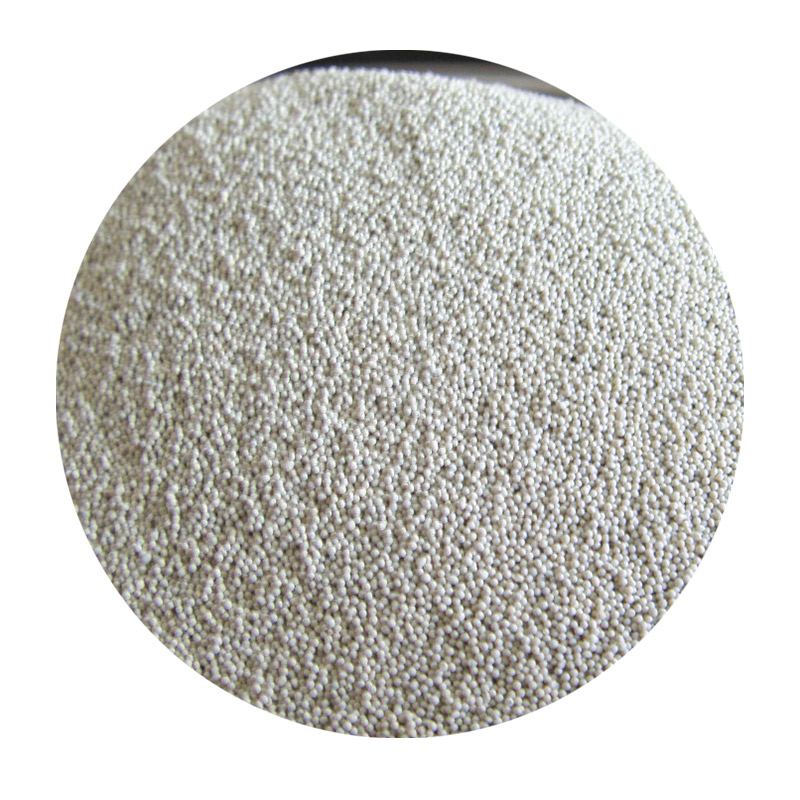Foundry Sand Recycling An Essential Step Towards Sustainability
In today's industrial landscape, sustainability has become a crucial focus for manufacturers across various sectors. One area that has garnered increased attention is foundry sand recycling. Foundry sand, primarily used in metal casting processes, has become a significant environmental concern due to its high volume and disposal challenges. Recycling this material not only reduces waste but also conserves natural resources and supports the circular economy.
Foundry sand is typically made from silica, which is abundant in nature. During the metal casting process, sand is mixed with various binders to form molds. Once the casting is complete, a substantial amount of this sand becomes surplus and often ends up in landfills. This not only poses environmental hazards due to potential soil and water contamination but also leads to the unnecessary extraction of new sand, contributing to the depletion of valuable natural resources.
The recycling of foundry sand involves several processes that aim to reclaim and repurpose this material effectively. Firstly, industrial efforts focus on separating spent sand from the contaminants that may have accumulated during the casting process. Technologies such as thermal treatment, mechanical separation, and chemical processes are often employed to clean and rehabilitate the sand. Once processed, recycled foundry sand can serve several applications, including construction materials, road bases, and even as a component in concrete production.
foundry sand recycling

One of the most significant benefits of foundry sand recycling is the potential for substantial cost savings. Landfilling waste can be expensive, taking into account disposal fees and the environmental impact. By recycling foundry sand, foundries can significantly reduce their disposal costs while generating revenue from the sale of recycled materials. Additionally, companies that utilize recycled sand in their processes often find that it can enhance the quality and performance of their products, creating a win-win scenario.
Moreover, the recycling of foundry sand contributes to reducing the carbon footprint associated with sand mining. Traditional sand extraction not only devastates ecosystems but also requires substantial energy, contributing to greenhouse gas emissions. By recycling foundry sand, we can minimize these environmental impacts and promote more sustainable manufacturing practices. This transition is not just beneficial for the foundries but also for society as a whole as it aligns with global goals for sustainability and responsible resource management.
Challenges do exist in the widespread adoption of foundry sand recycling. Regulations surrounding the quality and safety of recycled materials can vary significantly, creating barriers to usage in certain applications. Additionally, there may be a lack of awareness or understanding of recycling processes among smaller foundries. However, with the increasing push for sustainability, many organizations and governments are beginning to invest in research and development to improve recycling technologies and educate foundries about the benefits of recycling.
In conclusion, foundry sand recycling stands as a vital endeavor within the context of sustainable industrial practices. By reclaiming and repurposing this valuable material, industries can lower their environmental impact, reduce costs, and contribute to the circular economy. With continued innovation and awareness, recycling foundry sand can become a mainstream practice, paving the way towards a more sustainable future for the casting industry and beyond.
Post time:Samh . 02, 2024 13:06
Next:stainless steel sand casting foundry
